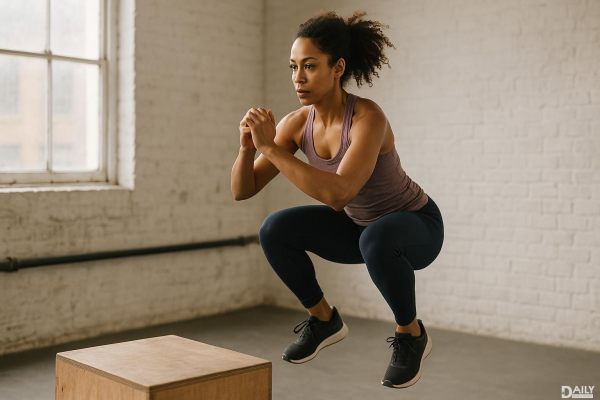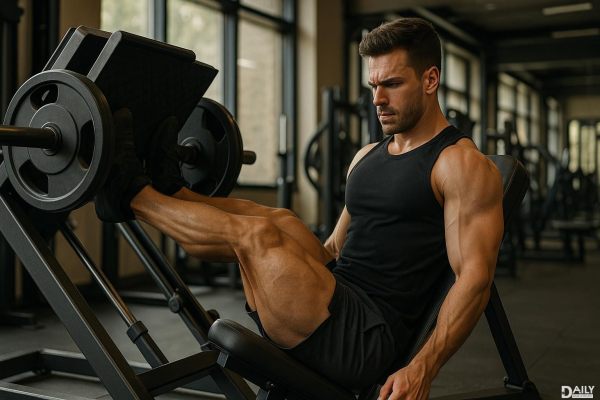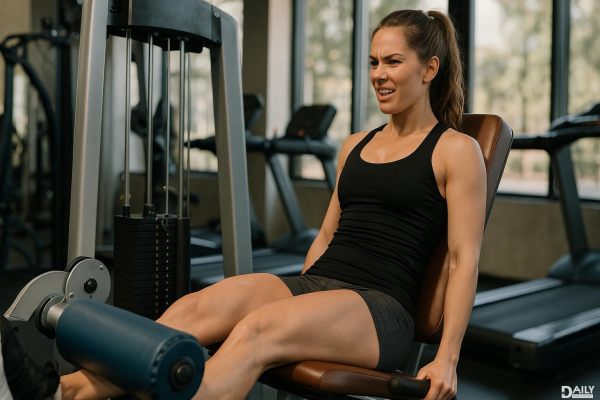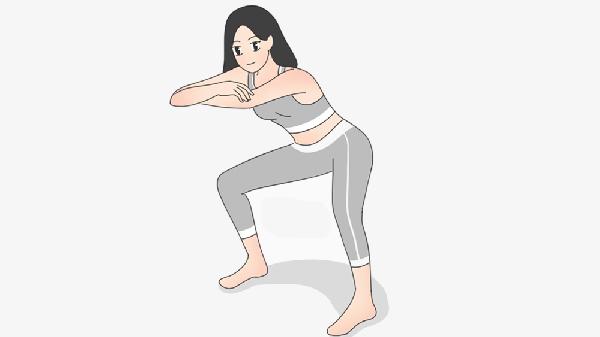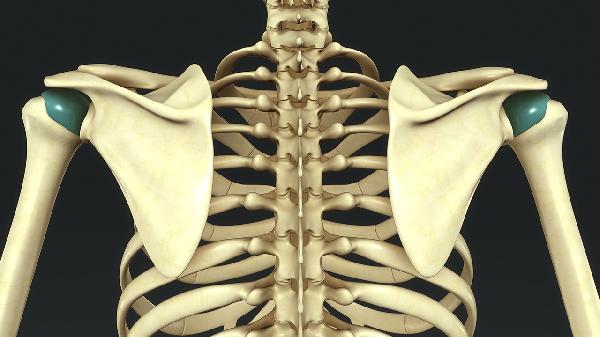Dips on a bench are a killer exercise that primarily targets your triceps, chest, and shoulders, making them a go-to move for building upper body strength. But here’s the kicker: they also engage your core and even your lower body to some extent, giving you a full-body workout vibe. Whether you’re a gym newbie or a seasoned lifter, dips on a bench are a versatile and effective way to level up your fitness game.
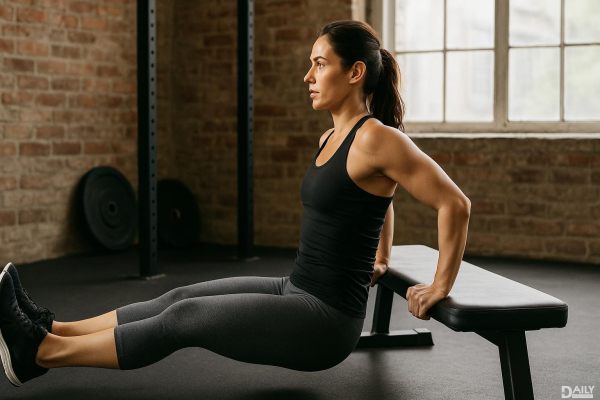
Let’s start with the triceps, the muscles on the back of your upper arms. When you lower your body during a bench dip, your triceps are doing the heavy lifting to control the movement. As you push yourself back up, they’re the primary muscles responsible for extending your elbows. If you’ve ever felt that satisfying burn in the back of your arms after a set of dips, you’ve got your triceps to thank. For an even bigger challenge, try slowing down the movement or adding weight to really make those triceps work overtime.
While the triceps are the main players, your chest muscles—specifically the pectoralis major—also get in on the action. As you lower your body, your chest stretches, and when you push back up, it contracts. The degree to which your chest is engaged depends on your form. Leaning forward slightly during the dip can shift more of the workload onto your chest, making it a great way to target both your triceps and pecs in one move.
Your shoulders, particularly the anterior deltoids, play a crucial role in stabilizing your body during bench dips. They help control the movement as you lower and raise yourself, ensuring your arms and chest can do their jobs effectively. While they’re not the primary focus, your shoulders still get a solid workout, especially if you’re doing dips with proper form. Just be mindful not to let your shoulders shrug up toward your ears—keep them down and back to avoid unnecessary strain.
Here’s where things get interesting. Your core muscles—think abs, obliques, and lower back—are actively engaged during bench dips to keep your body stable and aligned. If you’re doing dips with your legs extended in front of you, your core has to work even harder to maintain balance. This makes bench dips a sneaky way to strengthen your midsection while you’re busy building upper body strength. Pro tip: Focus on keeping your torso upright and avoid letting your hips sag to maximize core engagement.
While bench dips are primarily an upper body exercise, your lower body isn’t completely off the hook. If you’re doing dips with your feet on the ground, your quads and glutes are lightly engaged to help stabilize your body. For an added challenge, try elevating your feet on another bench or platform. This increases the difficulty of the exercise and forces your lower body to work a bit harder. It’s not a full leg day, but it’s a nice little bonus for your quads and glutes.
To get the most out of bench dips and avoid injury, proper form is key. Start by sitting on the edge of a bench with your hands gripping the edge beside your hips. Slide your hips off the bench and lower your body by bending your elbows until your upper arms are parallel to the ground. Push yourself back up to the starting position, keeping your shoulders down and your core engaged. Avoid locking your elbows at the top to keep tension on your muscles. If you’re new to dips, start with a smaller range of motion and gradually increase as you build strength.
Once you’ve mastered the basic bench dip, there are plenty of variations to keep things fresh and challenging. Try adding weight by placing a plate on your lap or wearing a weighted vest. You can also experiment with different foot positions, like elevating your feet or crossing one leg over the other. For a more advanced variation, try single-leg bench dips, where you lift one leg off the ground and perform the exercise with just one leg supporting you. These variations not only target your upper body but also add an extra layer of difficulty to keep your muscles guessing.
Even the most experienced lifters can fall into bad habits when it comes to bench dips. One common mistake is letting your shoulders creep up toward your ears, which can lead to strain and discomfort. Another is allowing your hips to sag or swing during the movement, which reduces the effectiveness of the exercise and increases the risk of injury. Finally, avoid locking your elbows at the top of the movement, as this takes tension off your muscles and can put unnecessary stress on your joints. Focus on maintaining control and proper form throughout the entire range of motion.
Bench dips are a versatile exercise that can be incorporated into a variety of workout routines. They’re a great addition to upper body or push-focused workouts, pairing well with exercises like push-ups, bench presses, and overhead presses. Aim for 3-4 sets of 8-12 reps, depending on your fitness level and goals. If you’re looking to build strength, focus on adding weight or increasing the difficulty of the exercise. For endurance, try increasing the number of reps or decreasing rest time between sets. No matter how you slice it, bench dips are a solid choice for building upper body strength and endurance.
So, next time you’re at the gym or working out at home, don’t overlook the humble bench dip. It’s a powerhouse exercise that targets multiple muscle groups, making it a must-have in your fitness arsenal. Whether you’re looking to build strength, improve endurance, or just mix up your routine, dips on a bench have got you covered. Now go ahead and unlock that upper body strength—your triceps, chest, and shoulders will thank you!
